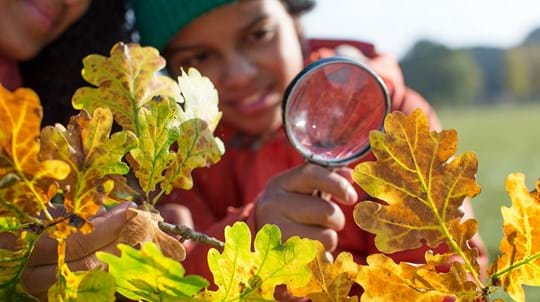
Credit: Brian Legg / WTML
Leaves
Smaller than those of the wych elm at 4–9cm in length. They are round to oval, toothed with a rough, hairy surface. They have the characteristic asymmetrical base that other elms have, and taper to a sudden point at the top.























